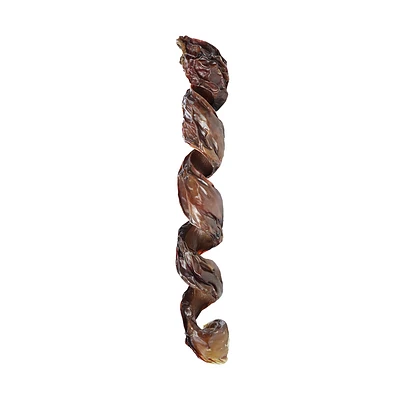Home
Radiologic Examination of the Orohypopharynx and Esophagus: The Barium Swallow
Loading Inventory...
Barnes and Noble
Radiologic Examination of the Orohypopharynx and Esophagus: The Barium Swallow
Current price: $54.99


Barnes and Noble
Radiologic Examination of the Orohypopharynx and Esophagus: The Barium Swallow
Current price: $54.99
Loading Inventory...
Size: OS
*Product Information may vary - to confirm product availability, pricing, and additional information please contact Barnes and Noble
The esophagus, ostensibly a simple tubular structure whose functional role often is minimized and even ignored, is, in re- ality, a highly complex viscus. The problems associated with disorders of the esophagus are not only related to the usual en- tities which may be anticipated in any portion of the gastroin- testinal tract, but include in a major fashion the functional mechanisms indigenous to the pharyngoesophageal and eso- phagogastric junctions. A number of disorders, representative of the classical cate- gories of disease, affect the esophagus. These include the various congenital and developmental abnormalities, of which some are complex. Trauma to the esophagus is not un- common, and infective and inflammatory lesions of this struc- ture are encountered relatively frequently. The different types of neoplasms of the esophagus are relatively few in number, but are commonly observed-the most serious, from the point of view of survival, being carcinoma. The collagen disorders, particularly scleroderma and dermatomyositis, affect the eso- phagus all too often. A miscellaneous group includes such en- tities as achalasia and varices, occurring in varying degrees of frequency. Functional abnormalities of the oropharynx, hypo- pharynx and esophagus, particularly relating to swallowing and the frequently encountered instances of spasm of the pharyngoesophageal and the esophagogastric junctions, consti- tute an important and common source of difficulty in the pa- tient population at large. In this regard, anatomic, radiologic, and physiologic studies of these structures have provided through the years vital data which has proved of considerable VII . . .


















